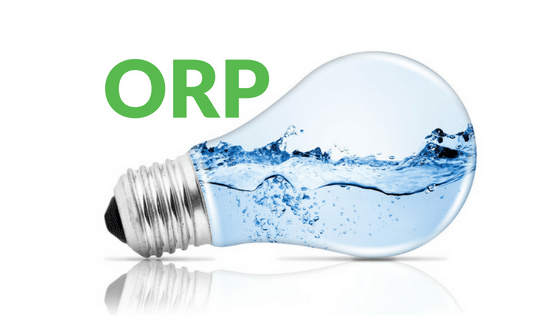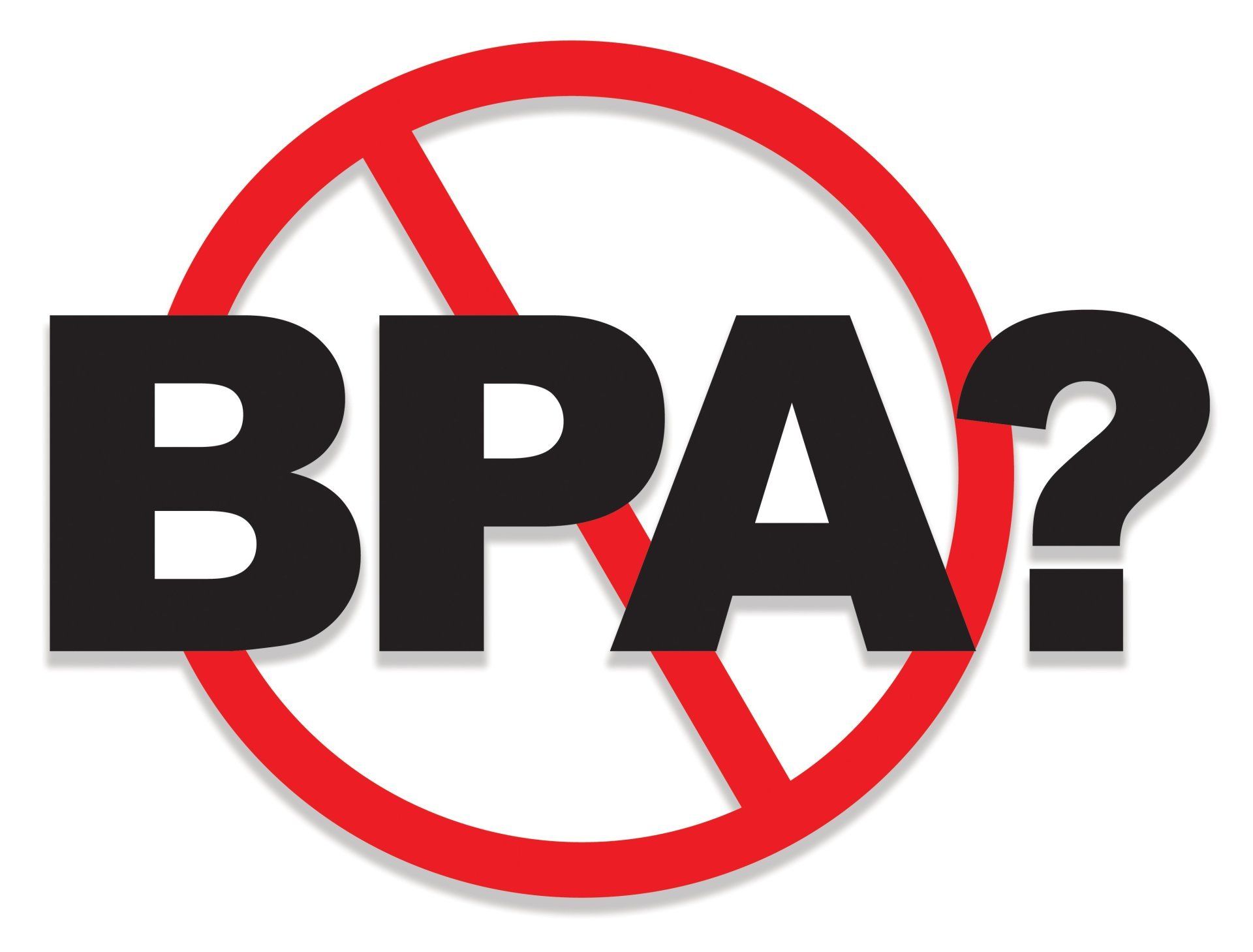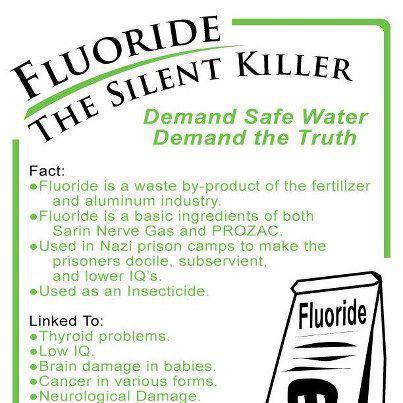Hydrolysis & Chronic Dehydration
- By Robert Staats
- •
- 15 Aug, 2017
- •

Water transports minerals and nutrients necessary for cell metabolism as well as removing any substances that can harm the cell.
Cells become depleted of their ready energy when you are dehydrated. They are then forced to depend on energy generation from food that is consumed rather than that carried by water. In this situation, the body stores fat and uses its protein and starch reserves because it is easier to break down these elements than to process stored fat, greatly contributing to obesity.
When the body loses water over time, a number of things happen. The body redistributes and regulates the amount of available water. In other words, the available water is rationed and used where most needed. Water rationing allows the body to provide water for critical, life-sustaining functions. In the meantime, the less critical functions are put on hold. When cellular water is reduced during water rationing, each cell is required to limp along with less than the optimal amount of water. This results in symptoms that are sometimes mistaken for illness.
For example, high blood pressure, arthritis, asthma, allergies, digestive disorders and acid reflux are just a few of the conditions that are often an indication of water rationing in the body.
- It is estimated that at least 75% of Americans are dehydrated to such a degree that it affects their health in a negative way. In many this need for more water is misunderstood as hunger pains.
- The catch is that virtually everyone in the U.S. has one or more toxic chemicals lodged in fatty tissue from drinking treated tap water.
- In the U.S., 53 million Americans drink water from municipal water supplies containing potentially dangerous levels of chloro- and fluoro-chemicals, lead, fecal bacteria, as well as pesticides and other impurities associated with cancer and metabolic dysfunction.
- Your body consists mainly of water (on average about 70%). Your liver, for example, is about 90% water, brain 85%, blood 83% and even the bones 35%.
- In a University of Washington study, drinking one glass of water when feeling hungry stopped the hunger pangs in 98% of the dieters surveyed.
- The main cause of daytime fatigue is simply a lack of water.
- Research shows that about 8-10 glasses of water a day may significantly ease back pain and joint pain for up to 80% of sufferers.
- If the average person drank at least 5 glasses of water a day (plain water not mixed) the risk of getting many degenerative diseases is decreased dramatically.
- A person's minimal water requirement is half their body weight in ounces. For instance, a 200 pound person should drink at least 100 ounces of water.
- Only a 2% drop in the amount of water in your body can bring on mental confusion such as short-term memory loss, being unable to focus and forgetting how to do simple math calculations.
Cryptosporidium - is a parasite that enters lakes and rivers through sewage and animal waste. This microbe has an outer shell that allows it to survive outside the body for long periods of time which makes it tolerant to many chlorine disinfectants. It causes cryptosporidiosis, a mild gastrointestinal disease. However, the disease can be severe or fatal for people with severely weakened immune systems. EPA and CDC have prepared advice for those with severely compromised immune systems who are concerned about Cryptosporidium.
Giardia Lamblia - is a parasite that enters lakes and rivers through sewage and animal waste. It causes gastrointestinal illness (e.g. diarrhea, vomiting, cramps). Giardia, like cryptosporidium, can survive long periods of time outside the body and is also difficult to treat with just basic chlorine disinfectants.
Coliform - bacteria are common in the environment and are generally not harmful. However, the presence of these bacteria in drinking water is usually a result of a problem with the treatment system or the pipes which distribute water. This indicates that the water may be contaminated with germs that can cause disease.
Turbidity - has no health effects. However, turbidity can interfere with disinfection because the particles can act as shields for viruses and bacteria and provide a medium for microbial growth. Turbidity may indicate the presence of disease causing organisms. These organisms include bacteria, viruses, and parasites that can cause symptoms such as nausea, cramps, diarrhea, and associated headaches.
Inorganic Contaminants
Arsenic - is a highly toxic heavy metal. Some people who drink water containing arsenic in excess of EPA's standard over many years could experience a wide range of serious problems. Health concerns include damage to the bladder, lungs, heart, kidney and liver. Arsenic can also harm the central & peripheral nervous system and circulatory system. Arsenic exposure has been linked to several types of cancers.
Fluoride - Many communities add fluoride to their drinking water to promote dental health. Each community makes its own decision about whether or not to add fluoride. EPA has set an enforceable drinking water standard for fluoride of 4 mg/L (some people who drink water containing fluoride in excess of this level over many years could get bone disease, including pain and tenderness of the bones). EPA has also set a secondary fluoride standard of 2 mg/L to protect against dental fluorosis.
Dental Fluorosis - in its moderate or severe forms, may result in a brown staining and/or pitting of the permanent teeth. This problem occurs only in developing teeth, before they erupt from the gums. Children under nine should not drink water that has more than 2 mg/L of fluoride.
Lead - typically leaches into water from plumbing in older buildings. Lead pipes and plumbing fittings have been banned since August 1998. Children and pregnant women are most susceptible to lead health risks. For advice on avoiding lead, see the how to remove lead in your drinking water fact sheet prepared by EPA.
Many water suppliers add a disinfectant to drinking water to kill germs such as giardia and e coli. Especially after heavy rainstorms, your water system may add more disinfectant to guarantee that these germs are killed.
Disinfectants
Chlorine - Some people who use drinking water containing chlorine in excess of EPA's standard could experience irritating effects to their eyes and nose as well as stomach discomfort.
Chloramines - are most commonly formed when chlorine and ammonia are added together to treat drinking water. Water that contains chloramines is usually safe as long as it meets EPA regulations. However, some people who are exposed to chloramines in excess of EPA's standard may experience irritating effects to their eyes, nose and stomach.
Chlorine Dioxide - is a water additive used to control taste and odor in water. Some infants and young children who drink water containing chlorine dioxide in excess of EPA's standard could experience nervous system effects as well as anemia. Similar effects may occur in fetuses of pregnant women who drink water containing chlorine dioxide in excess of EPA's standard.
Disinfection Byproducts - form when disinfectants added to drinking water to kill germs react with naturally-occuring organic matter in water.
Total Trihalomethanes - Some people who drink water containing trihalomethanes in excess of EPA's standard over many years may experience problems with their liver, kidneys, or central nervous systems, and may have an increased risk of getting cancer.
Haloacetic Acids - Some people who drink water containing haloacetic acids in excess of EPA's standard over many years may have an increased risk of getting cancer.
Bromate - Some people who drink water containing bromate in excess of EPA's standard over many years may have an increased risk of getting cancer.
Chlorite - Some infants and young children who drink water containing chlorite in excess of EPA's standard could experience nervous system effects as well as anemia. Similar effects may occur in fetuses of pregnant women who drink water containing chlorite in excess of EPA's standard.








